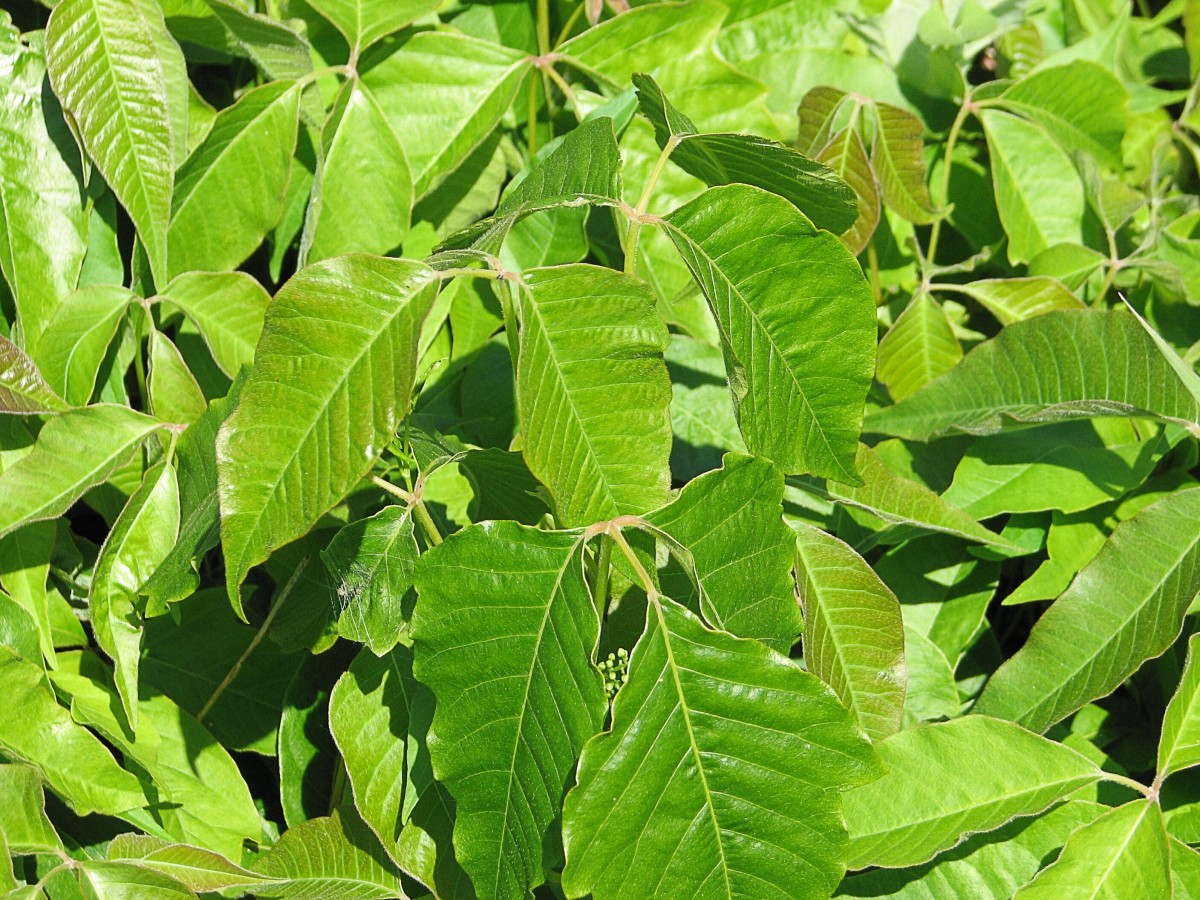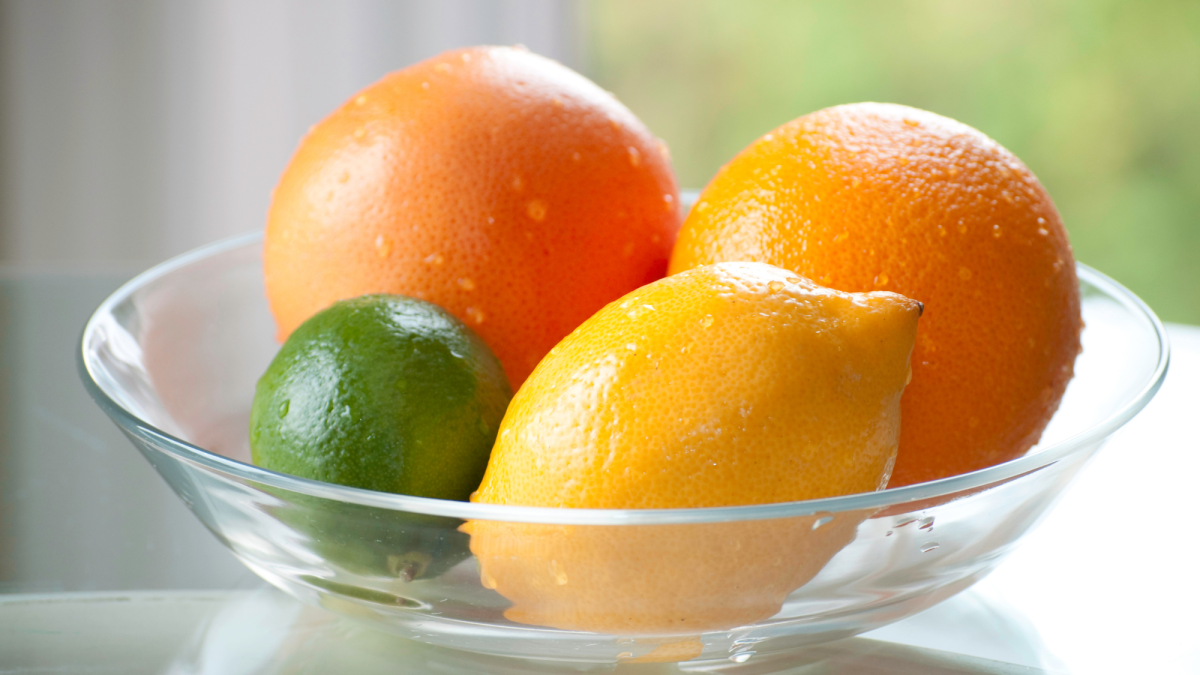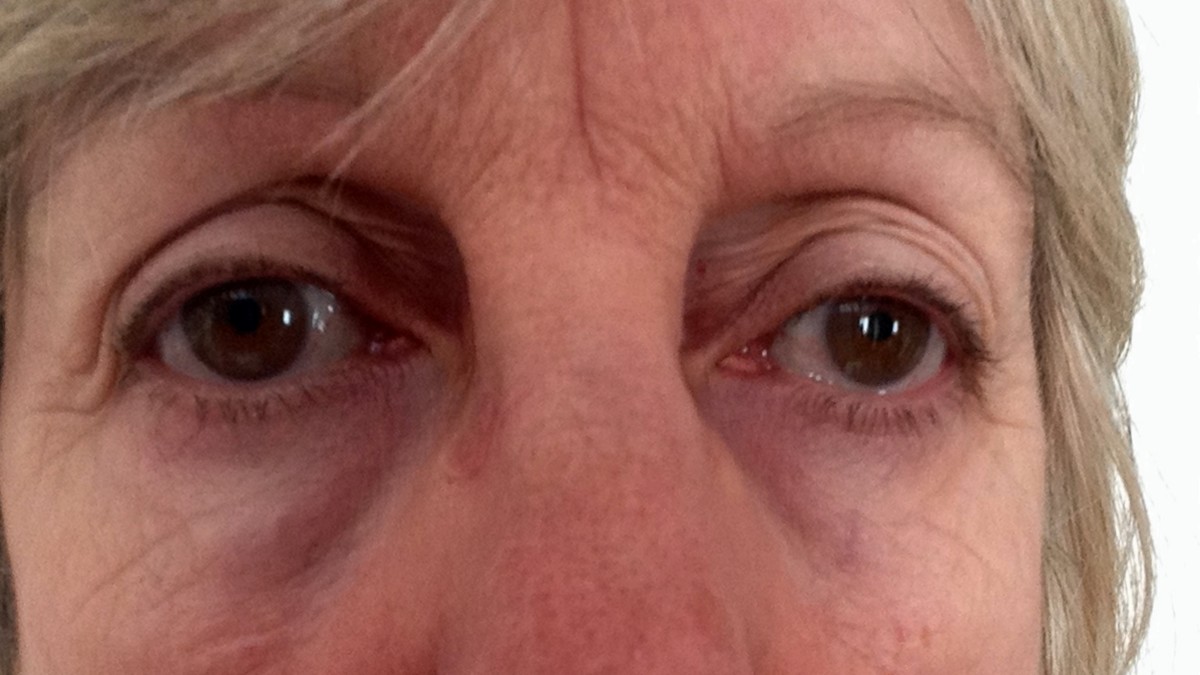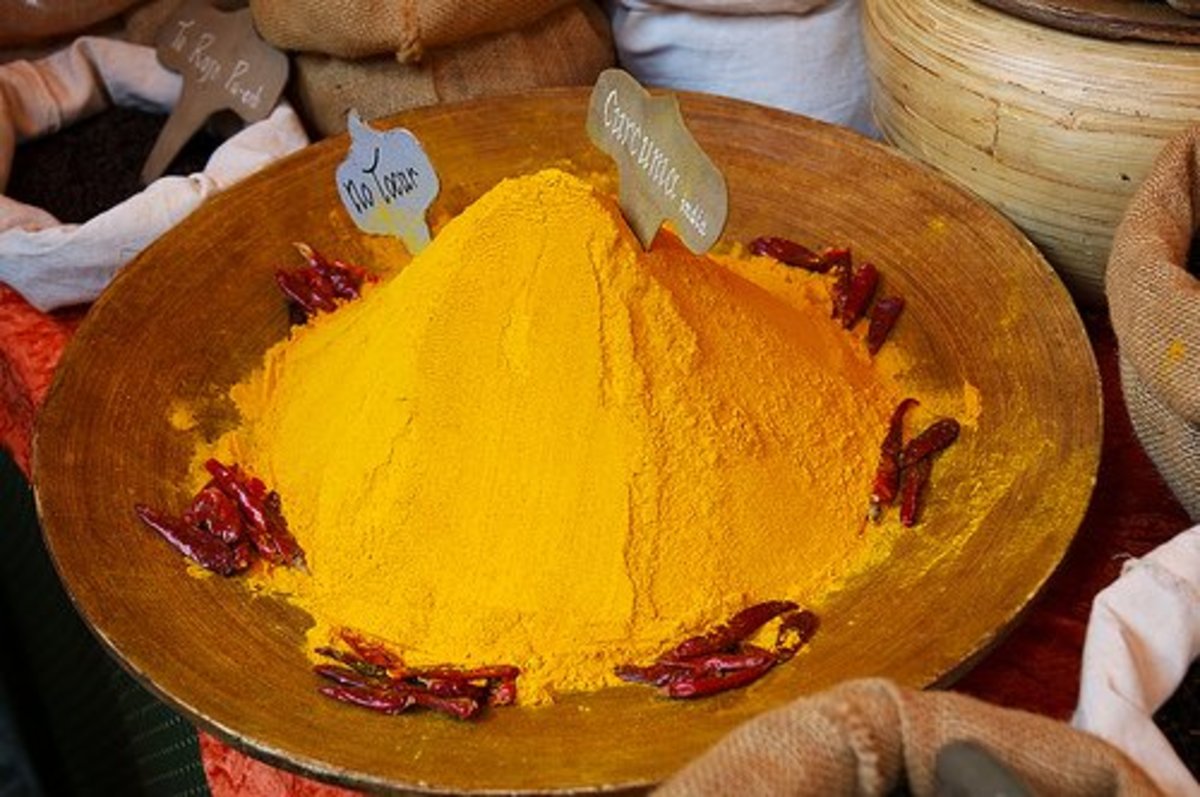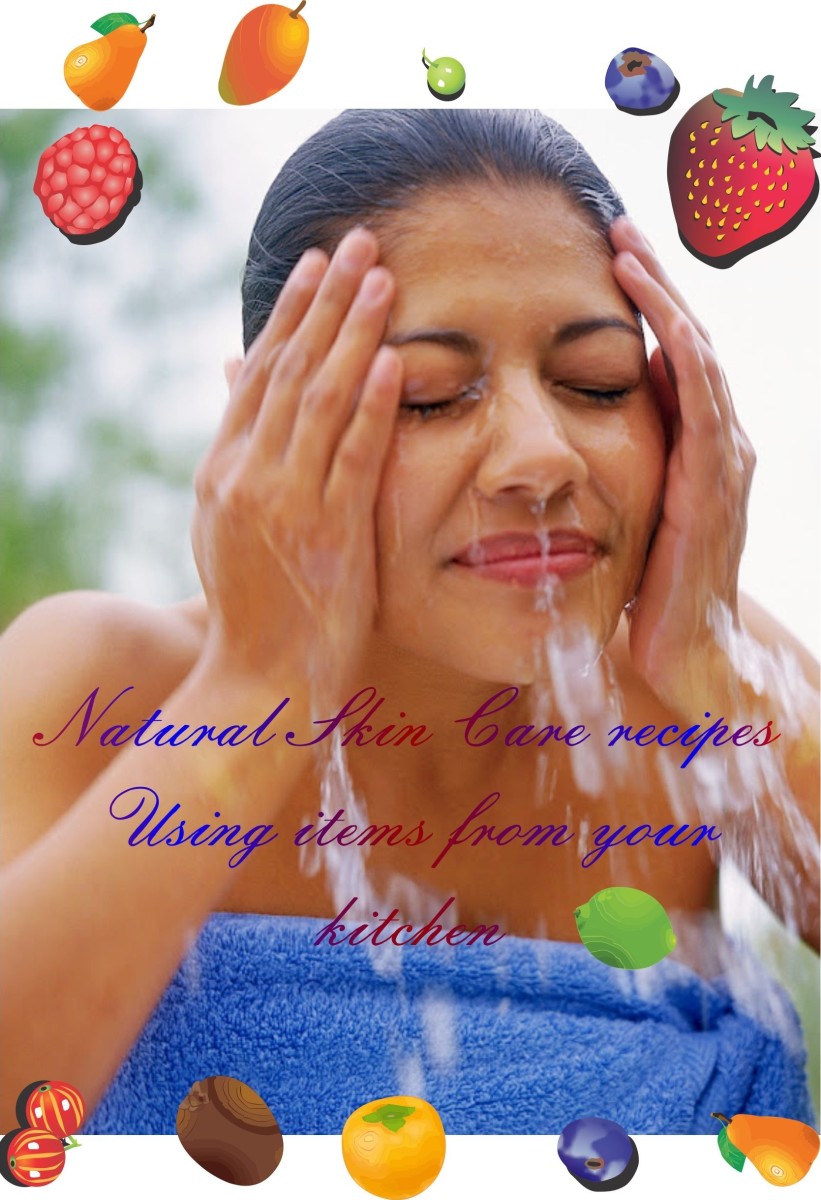Natural Sunscreen Lotion - Beauty From the Kitchen
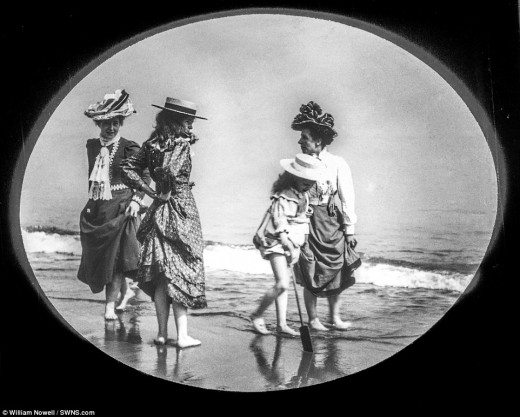
Prior to the 20th century, basking in the sun was reserved for those who had no choice. Women wore bonnets, long sleeves and carried parasols. Men were never seen outdoors without hats. Those who carried the color of the sun on their bodies also carried the label of poverty. Bronzed skin was a symbol of labor; the mark of time spent toiling under the elements. Upper class women would go so far as applying as pale a makeup as possible to lighten their already pale skin. The lighter the complexion, the better, no matter the cost. Unfortunately, the cosmetics they used were probably far more hazardous to their health than the sun they avoided.
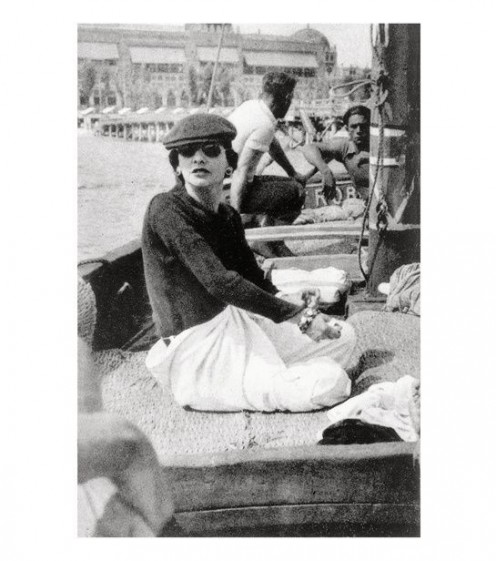
The Tanning Craze
The mid-1920s changed the way people saw bronzed skin. Legend has it that Coco Chanel explained her newly acquired sun-kissed look by explaining that it came about quite accidentally. The price of yachting, something only experienced by the rich. She started the tanning craze overnight.
How easy it was for something once shunned, to all at once become the thing to do. Fields no longer beckoned a majority of the poor; they'd been forsaken for dark, dank factories and steadier incomes. Suddenly, the rich could go out and enjoy themselves, throw caution to the wind and leave their parasols behind. Tanned skin no longer symbolized the working class, and rich well to do citizens basked in their bronze glory. A tan was no longer seen as the sign of the working class, but rather an announcement that you'd just been on a leisurely, extravagant vacation.

The Healing Power of the Sun
Although it seems to have taken the famous designer's influence (I never believe rumors, but you never know) to bring tanning to the forefront, tanning had actually been both talked about and practiced for more than twenty years. Dr. Auguste Rollier opened the world's first "sun clinic" in 1903. Located high in the Swiss Alps, patients moved into the clinic hoping that Dr. Rollier's treatments would cure what ailed them.
Convinced that the purity of mountain air combined with bright sunlight could cure diseases, Rollier treated patients suffering from a variety of diseases, although a majority suffered from tuberculosis. Treatments were often unsuccessful, but in his book Heliotherapy the doctor offers photographic evidence to prove his claims. Patients photographed "before" treatment were captured in time with sunken chests and skin lesions. After a few months of treatment, the patients once again stood before the photographer transformed. The patient's "after" pictures showed what the masses believed to be miraculous changes, and Rollier's therapeutic remedy was deemed forever a mystery. Thus, the birth of the "healthy tan."
Note that theories of sunlight's therapeutic and hygienic properties weren't a new thing. Hippocrates had espoused the benefits of sunlight thousands of years ago, and John Harvey Kellogg (yes, Kellogg's cereal) had long implemented sunbaths at his Battle Creek Sanitarium beginning as early as 1876. Kellogg believed that the sunbaths, taken under doctor's supervision at the sanitarium were a "wonder cure" for everything from gout and rheumatism to severe eczema. Furthermore, the same year Rollier opened his clinic; Danish physician Niels Ryburg Finsen was awarded the Nobel Prize for his use of artificial sunlight in curing tuberculosis of the skin (lupus vulgaris). With that, artificial sun had officially become the new cure on the block.
Common Knowledge.... Common Guidelines
Today, we are well versed in the hazards of sun worship. That's not to say that people don't continue striving for the perfect tan, that they don't spend hours basking in the heat of the day, or that they don't spend hours and quite a few dollars at the tanning salon on a regular basis. But foolishness aside, most of us know that spending hours and hours unprotected in direct sunlight is bad for our health.
Luckily, unlike previous generations we have choices and alternatives that those who preceded us never had, and that would be the choice of browsing through the multitudes of sunscreens on the market and then choosing to use what we purchase. What isn't quite as well known is that for those of us who don't like slathering excess chemicals on our skin, homemade, natural sunscreens can be made at home.
The Purpose of Sunscreen
Good sunscreens serve two main purposes. The first is to aid our skin in retaining its natural oils and moisture; the second is to protect us from the harsh UVA and UVB rays that serve to damage our skin. The depletion of the ozone layer that has increased markedly over time damages our skin; this is a fact. Sunlight causes our skin to increase its production of melanin, just one more miracle in the miraculous bodies we live in. By producing melanin, our bodies put up a barrier to filter the harmful UV rays of the sun, but in cases of over exposure it is important to aid that natural melanin production with a sunscreen. There is no such thing as a "safe" tan, and to protect our skin from UVA radiation it's important to choose a sun tanning lotion or sunscreen with a high SPF (Sun Protection Factor).
Lotions containing high levels of plant-based oils, particularly high in vitamin E (avocado oil for example) enhance their effectiveness in filtering the sun, not to mention moisturizing the skin. Vitamin E is known for its effectiveness in preventing the premature aging of the skin that results from sun exposure, but even when using the best of products with the highest levels of UVA protection, one still needs to use common sense. Never subject your body to overexposure from the sun.
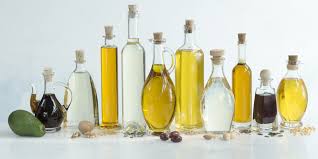
Natural Protection
For those of us who prefer a more natural approach to the lotions we slather on our skin, there are homemade preparations that can be made in the kitchen. It is however important to note that although these lotions contain natural SPF protection, they are not appropriate or effective when overstaying our welcome in the sun's relentless company.
Preparing a natural, sun protection cream at home will most likely require a trip to the health food store. When making your list, you'll need to add the following items; unrefined sesame, avocado, jojoba and almond oils; shea butter and cocoa butter; small containers of beeswax and soya-lecithin, individual bottles of aloe-vera gel and lavender water, borax powder, a small bottle of carrot seed essential oil, and finally, an optional bottle of coconut fragrance oil.
Now that you have the ingredients, its time to put on that apron. Your recipe is as follows:
3T unrefined sesame oil
1T unrefined avocado oil
1T unrefined jojoba oil
1T unrefined almond oil
1T shea butter
2T cocoa butter
1t soya- lecithin liquid.
Instructions
- Now, take your first six ingredients and place them in a double boiler, heating until smooth, add your soya-lecithin liquid, blend and remove from heat.
- Next, warm 2T of aloe vera gel and 2T of lavender water in a saucepan. Slowly add the borax powder to this mixture, stir until dissolved and remove from heat. Allow both of your mixtures to cool until they're warm to the touch (you want them about the same temperature) and then place your saucepan into a bowl of ice. Drizzle your mixture of essential oils into the saucepan while mixing with a small wire whisk; you will quickly see a cream begin to form. Stir in 20 drops of carrot-seed essential oil, add 5 drops of coconut fragrance oil (again, this step is optional), place in an airtight container and refrigerate.
After Sun Care
After-sun care is even easier to prepare; to cool sunburned skin and reduce the inflammation it causes apply a thin layer of aloe vera gel to the affected skin (yogurt is just as effective and for some more readily available); a spray of lavender water will keep skin hydrated, prevent peeling, and induce the regeneration of skin cells; or try the invaluable application of three drops of lavender oil mixed with a teaspoon of your favorite carrier oil (sweet almond is a popular choice) and massage in to the affected area. To keep these beauty treatments fresh (freshness enhances sun protection) and safe from spoilage make sure to use only clean utensils in their preparation.
Choosing and Storing
Lotions may be safely stored in the refrigerator for up to four weeks. The trick to making your own natural beauty products is to prepare only enough to last two or three weeks. Essential oils, beeswax and other ingredients stay fresh when left in their containers. Therefore, if you keep all of your products separate, and store your lotion mixtures properly for only the time recommended, you will have an ample store of luxuriant, natural products at hand for a long period of time.
On a healthy note, when planning time outdoors take the time to know what your skin type is and how it should be cared for. There are four different skin types, and each has its own level of tolerance to sun exposure. If you're pale skinned and boast a mane of glossy blonde or reddish hair, you are a Type I. Those with Type I skin should use caution in exposing themselves to the sun's harmful rays, as their natural protection time in the sun is a mere five to ten minutes. Skin Type II's have a somewhat darker complexion but are still light skinned; their bodies naturally fight the sun's rays for up to twenty minutes. People with much darker skin tones fall into skin Types III and IV and can stay in the sun for about thirty to forty minutes unprotected before experiencing a burn. Regardless, all skin types should use extra protection to keep themselves safe from the sun's damaging rays.
Natural sun protection is a great choice for those planning to spend a bit of extra time relaxing in the warmth of the sunshine, but for those who plan on extending that time sunscreens with a high SPF should be utilized and reapplied as needed.
Conclusion
On a final note, one word of caution; when preparing your lotions and oils you may decide to try a different kind of essential oil based on personal preference. Scent is ultimately an individual choice and we all tend to love different fragrances, that's what makes the world such a special place to live. Various aromas regularly surround and renew us, and let's face it, we all have our favorites. But when it comes to sun protection there are some oils that should be avoided. Citrus oils (orange, lemon, lime and bergamot), are all crisp, pleasant, and well loved scents, but when exposed to the sun these fragrances might just leave you with an unpleasant skin reaction. Citrus has also been know to reduce a sunscreen's effectiveness, so no matter what protection you decide on, save your citrus splashes and fragrances for those rainy days.
As with all other natural products you should consult with your physician before using. Natural products are meant to enhance not replace the advice of your doctor.
Sources
The Complete Guide to Natural Healing, International Masters Publishers, @ MCMXCIX
http://www.health.harvard.edu/fhg/updates/update0604d.shtml
http://www.timesonline.co.uk/tol/life_and_style/health/article3814579.ece



